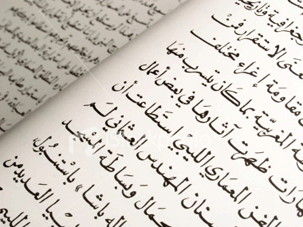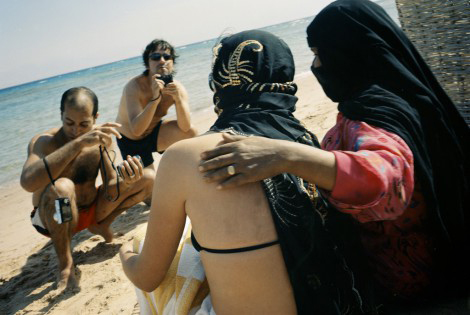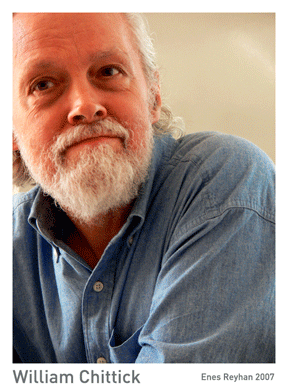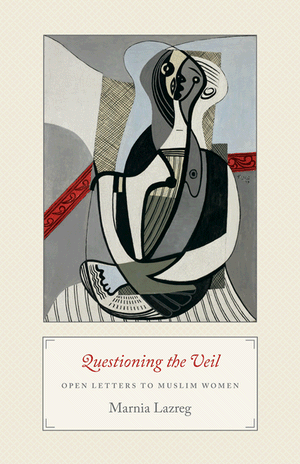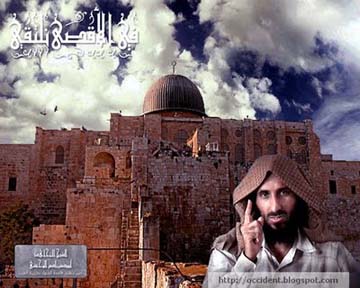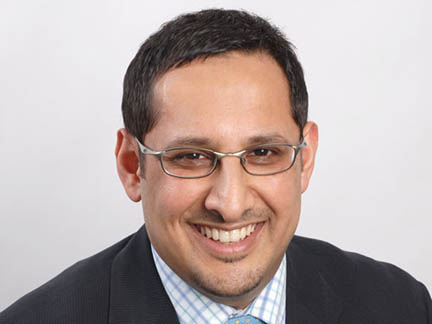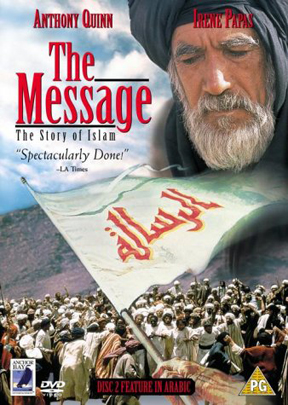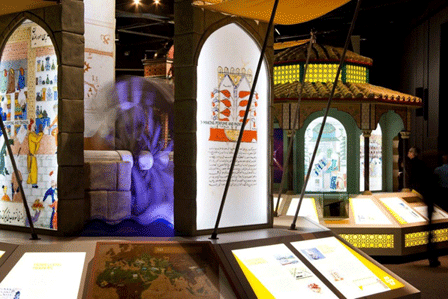
New York launch for 1001 Inventions
1001 Inventions at the New York Hall of Science Uncovers a Thousand Years of Science and Technology Developed Throughout Muslim Civilization.
Five-Year Global Tour Makes U.S. Debut Following Record Breaking Runs in London and Istanbul
17 November 2010, New York — After blockbuster runs in London and Istanbul, 1001 Inventions, an exhibition highlighting the scientific legacy of Muslim civilization in our modern age, will make its United States premiere at the New York Hall of Science (NYSCI) on December 4, 2010.
The exhibition reveals the forgotten history of men and women from a variety of faiths and backgrounds whose contributions to the advancement of scholarship and technology during the Middle Ages helped pave the way for the European Renaissance. This period of history from the 7th through 17th centuries is commonly–though, often erroneously—referred to as the “Dark Ages.â€
The centerpiece of the exhibition is a 20-foot replica of Al-Jazari’s “elephant clock,†which dates to the 13th century. Other signature elements include a model of a ninth century flying machine and a scale model of a Chinese junk ship built in the 15th century. Divided into seven zones, 1001 Inventions includes more than 60 interactive exhibits that delve into discoveries that shaped the home, school, market, hospital, town, world and universe. Visitors will learn when scientists first discovered how we see, how ancient approaches to health influence modern medicine, why East and West share so much architectural heritage, and the origins of everyday items like coffee, toothbrushes, soap, and much more. Continue reading Inventing Muslims: 1001 Inventions Exhibit now in New York
